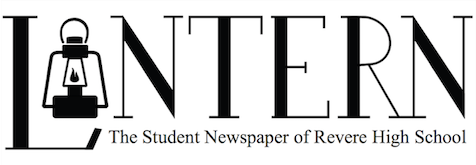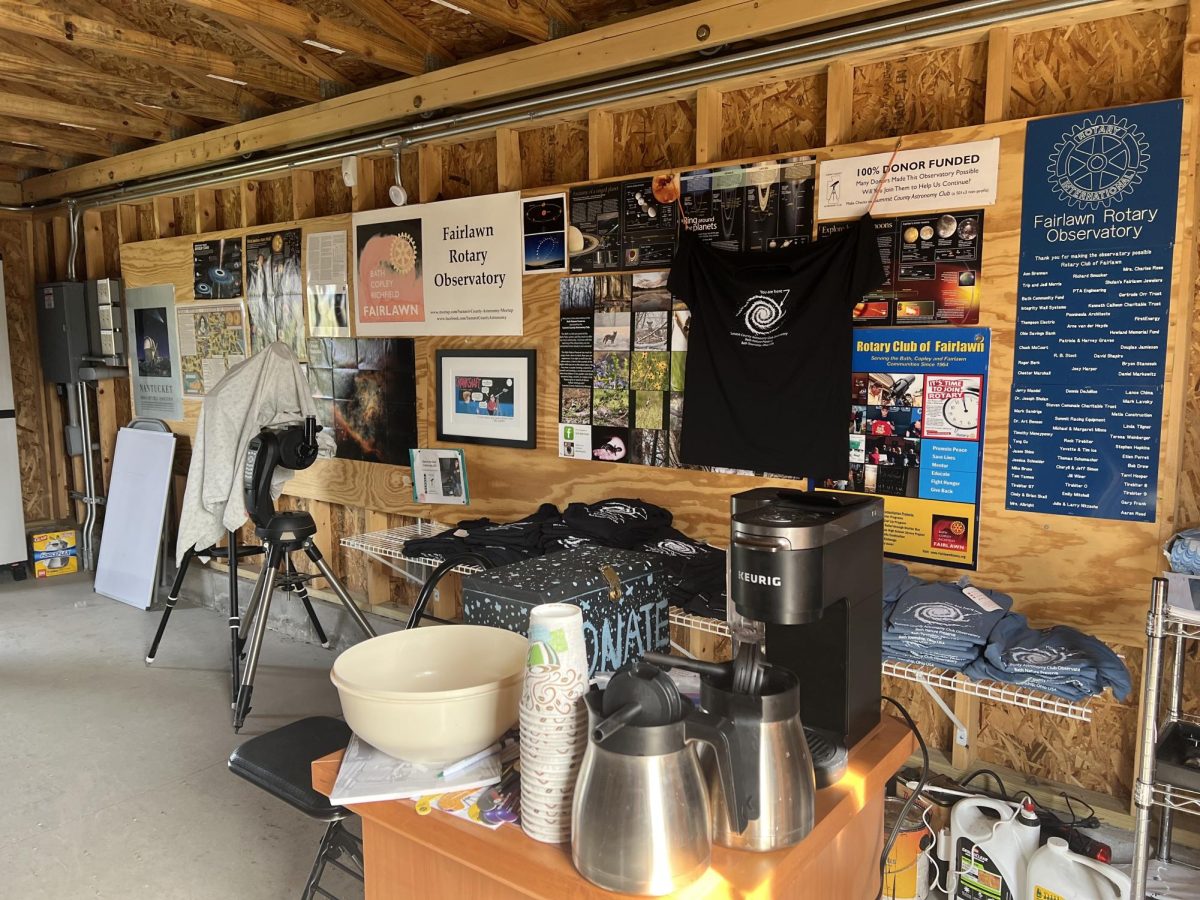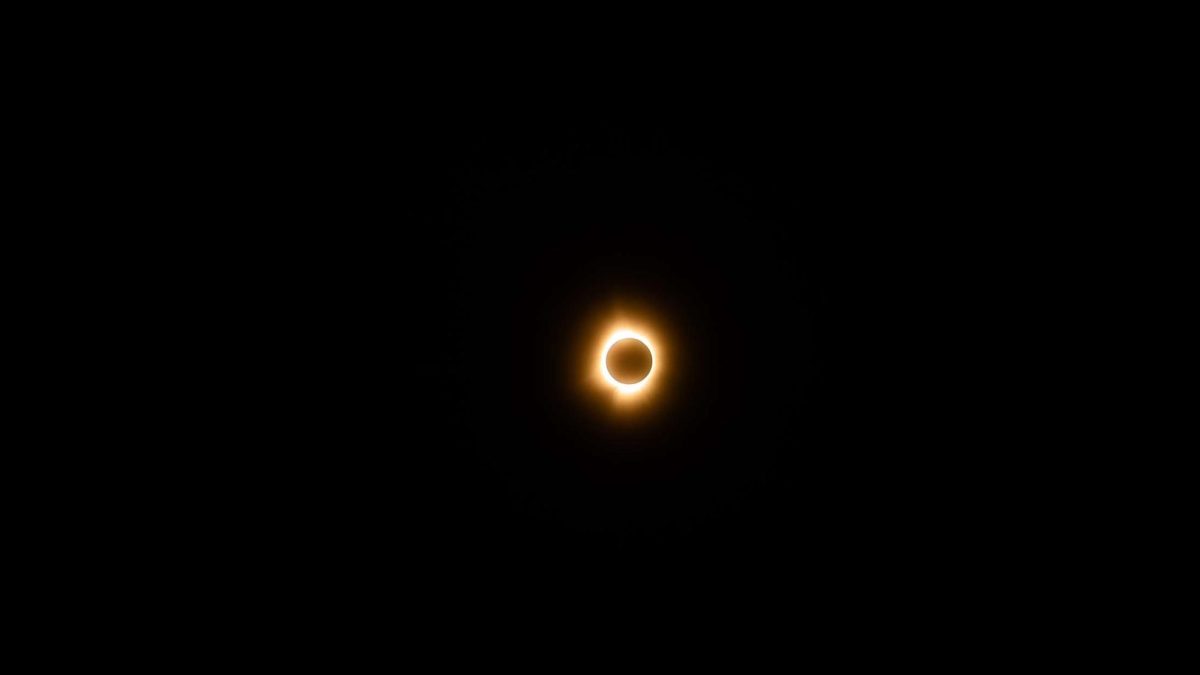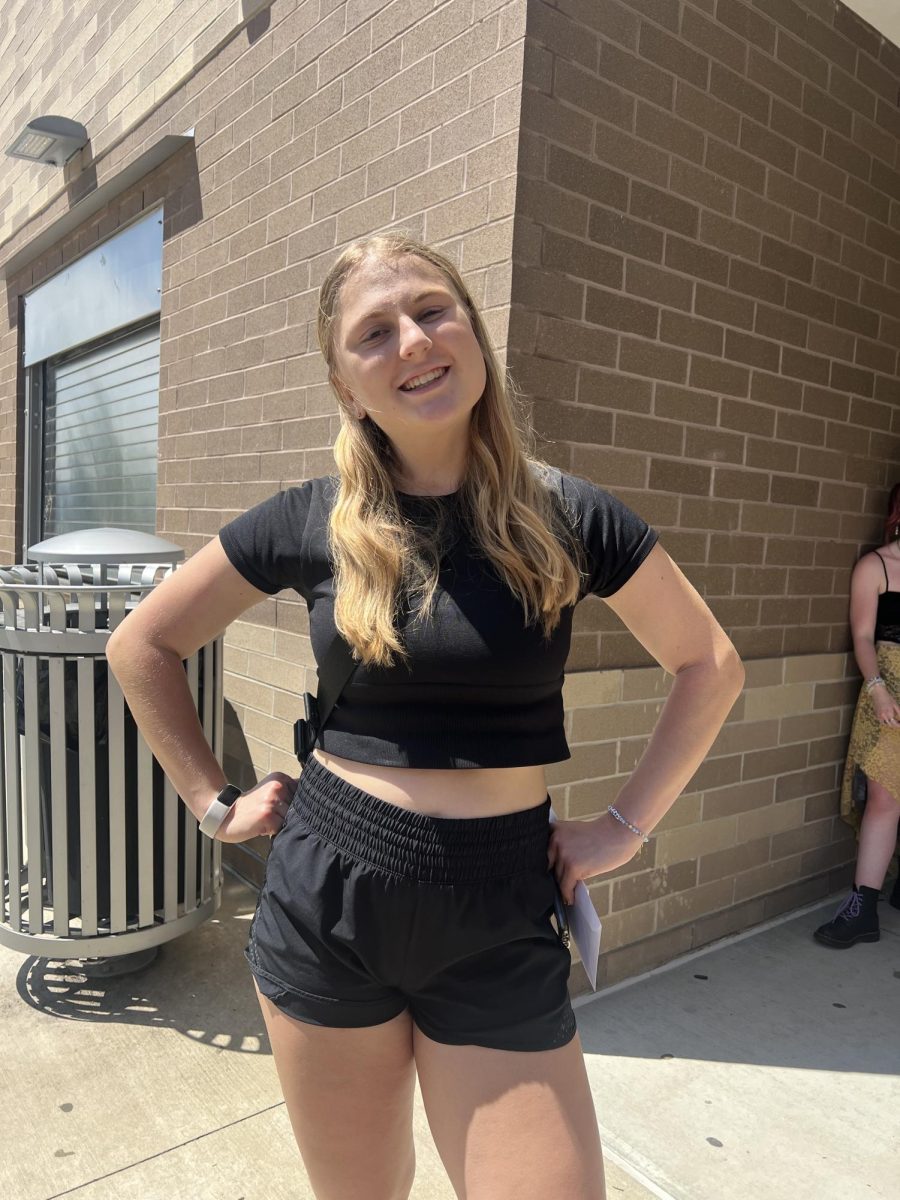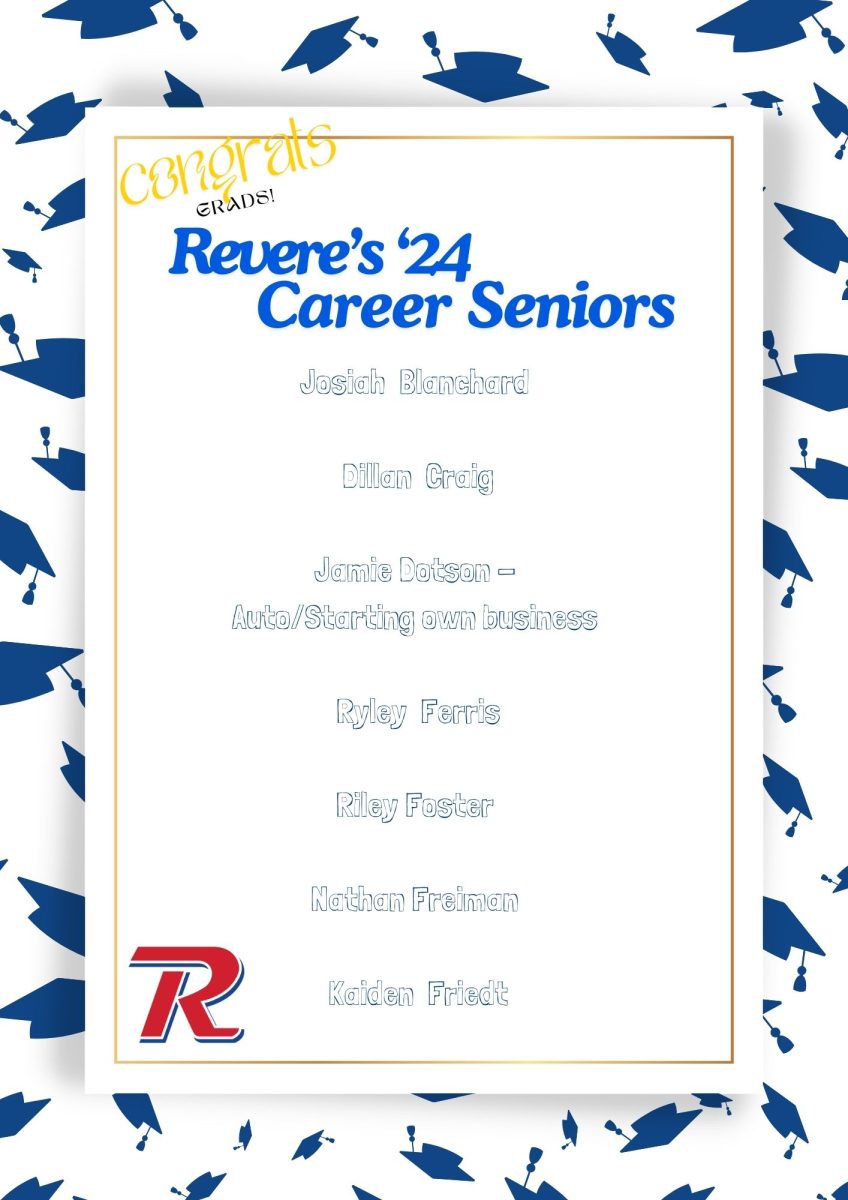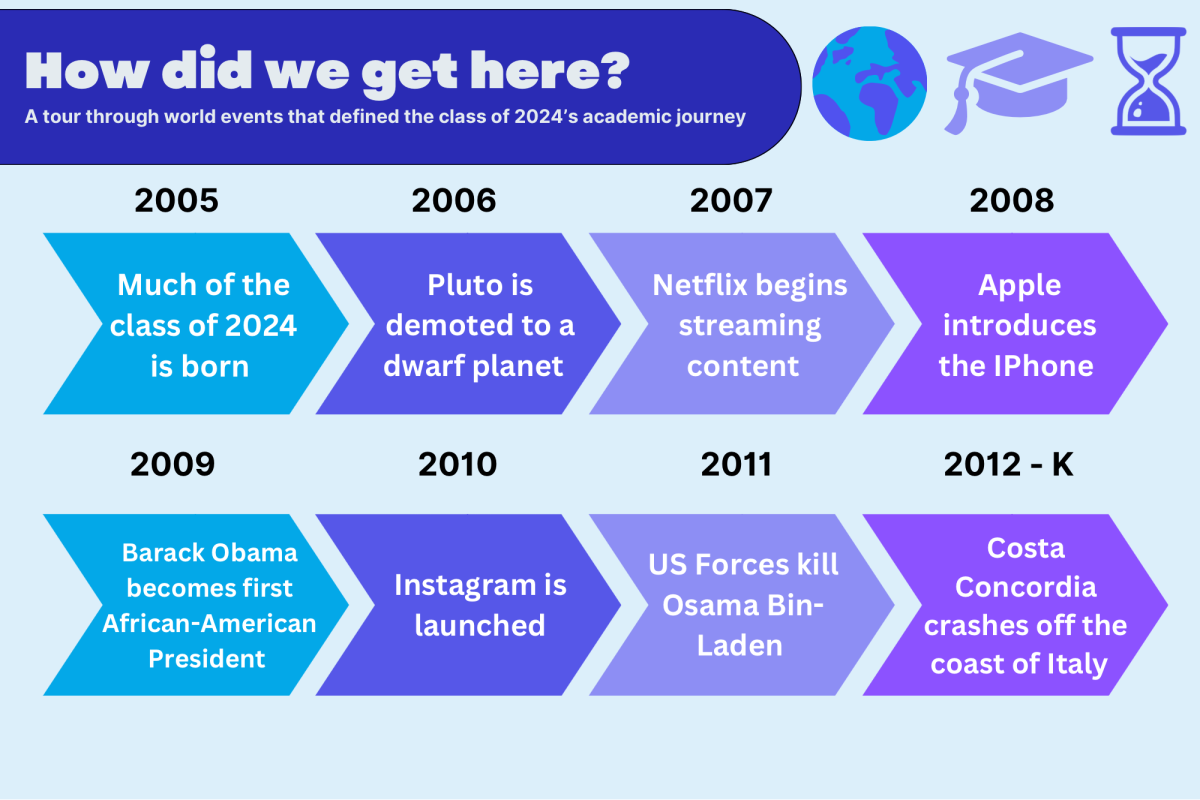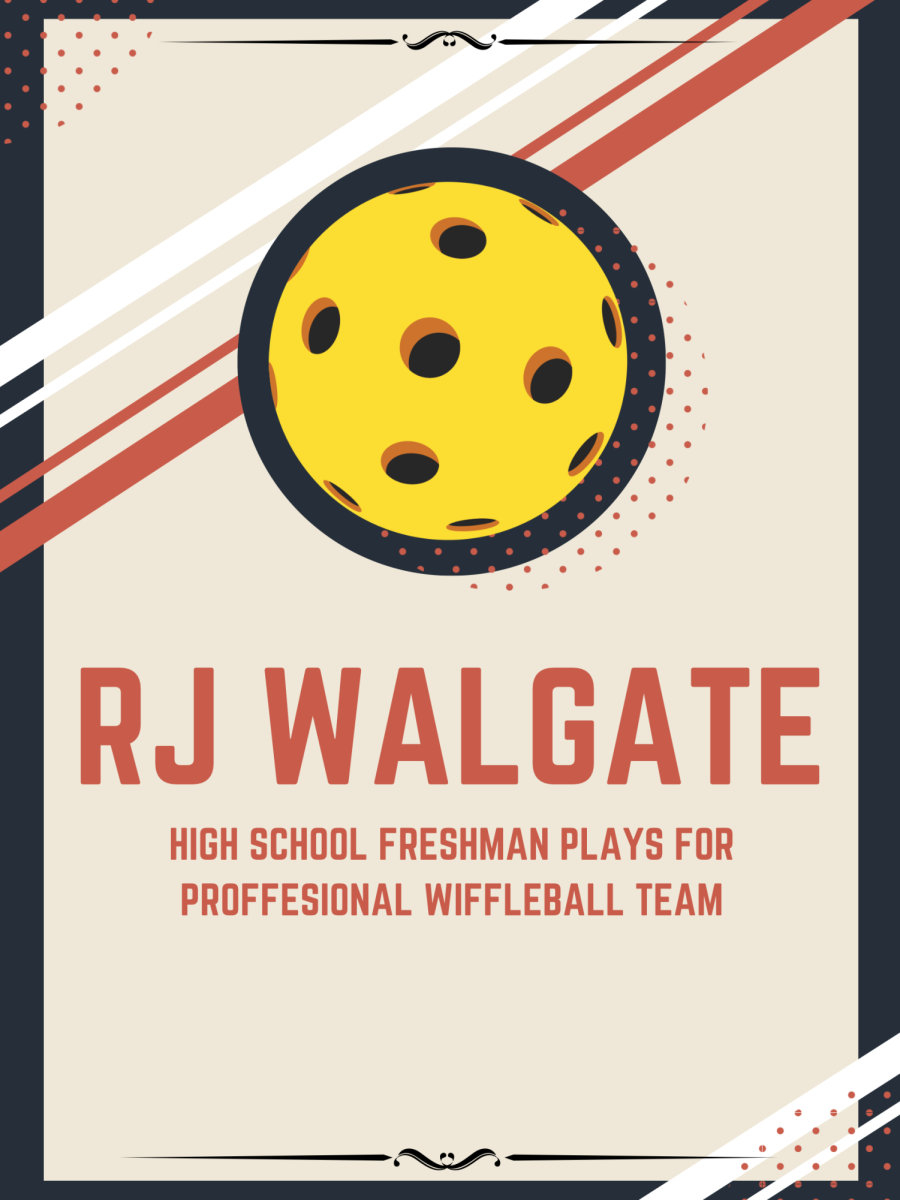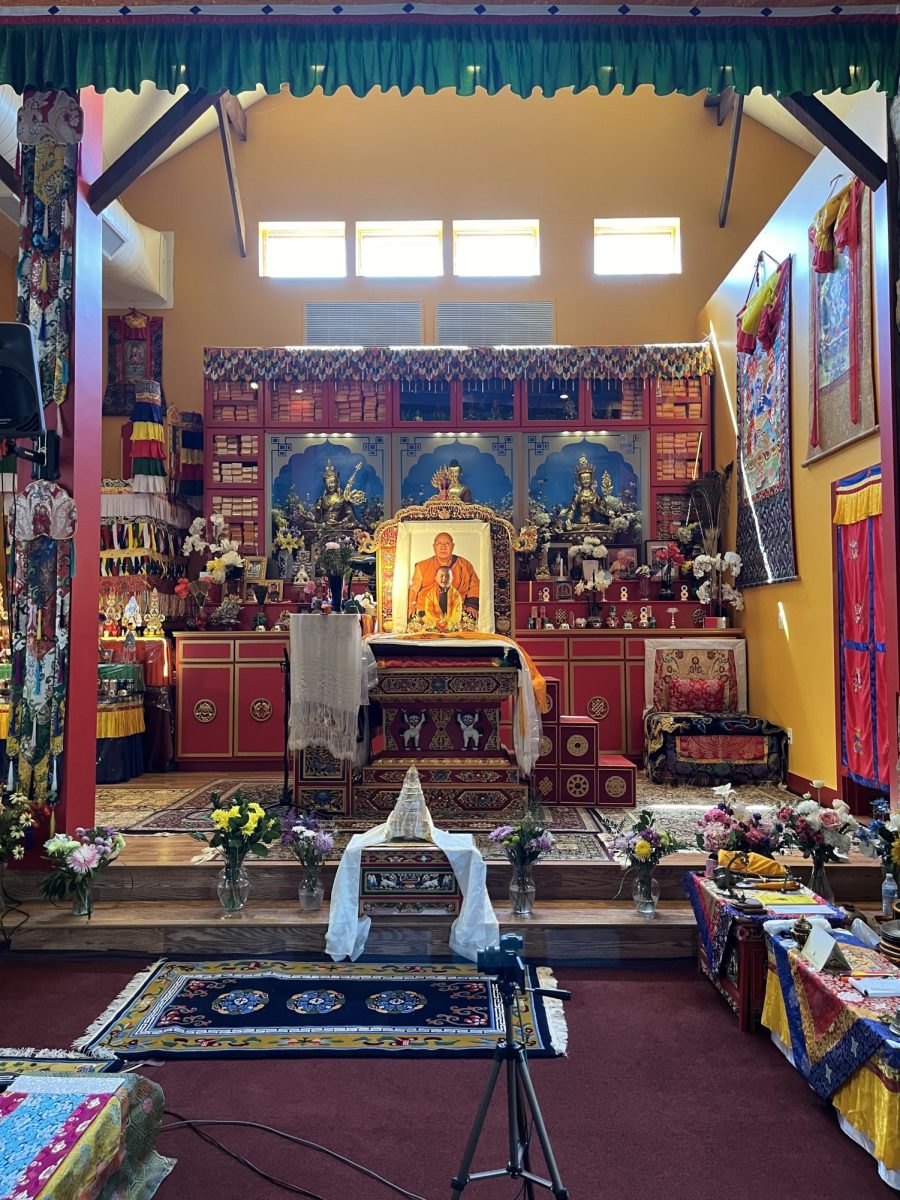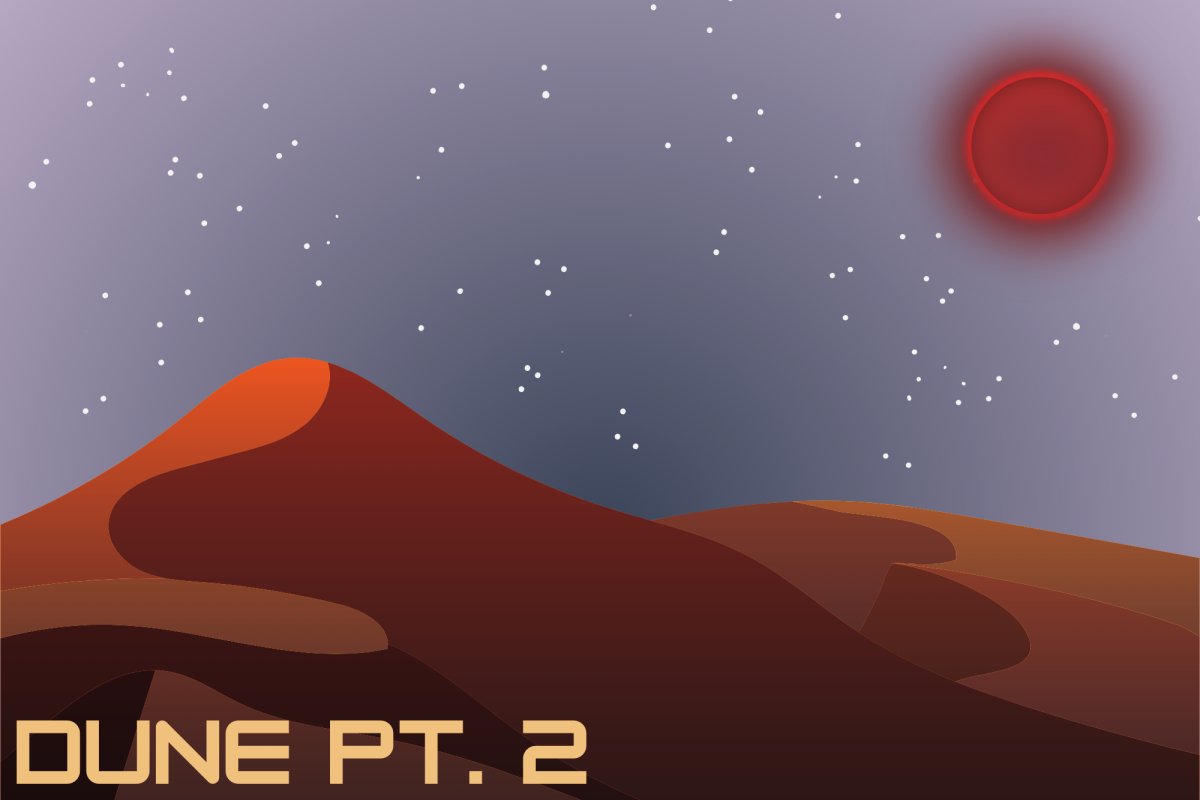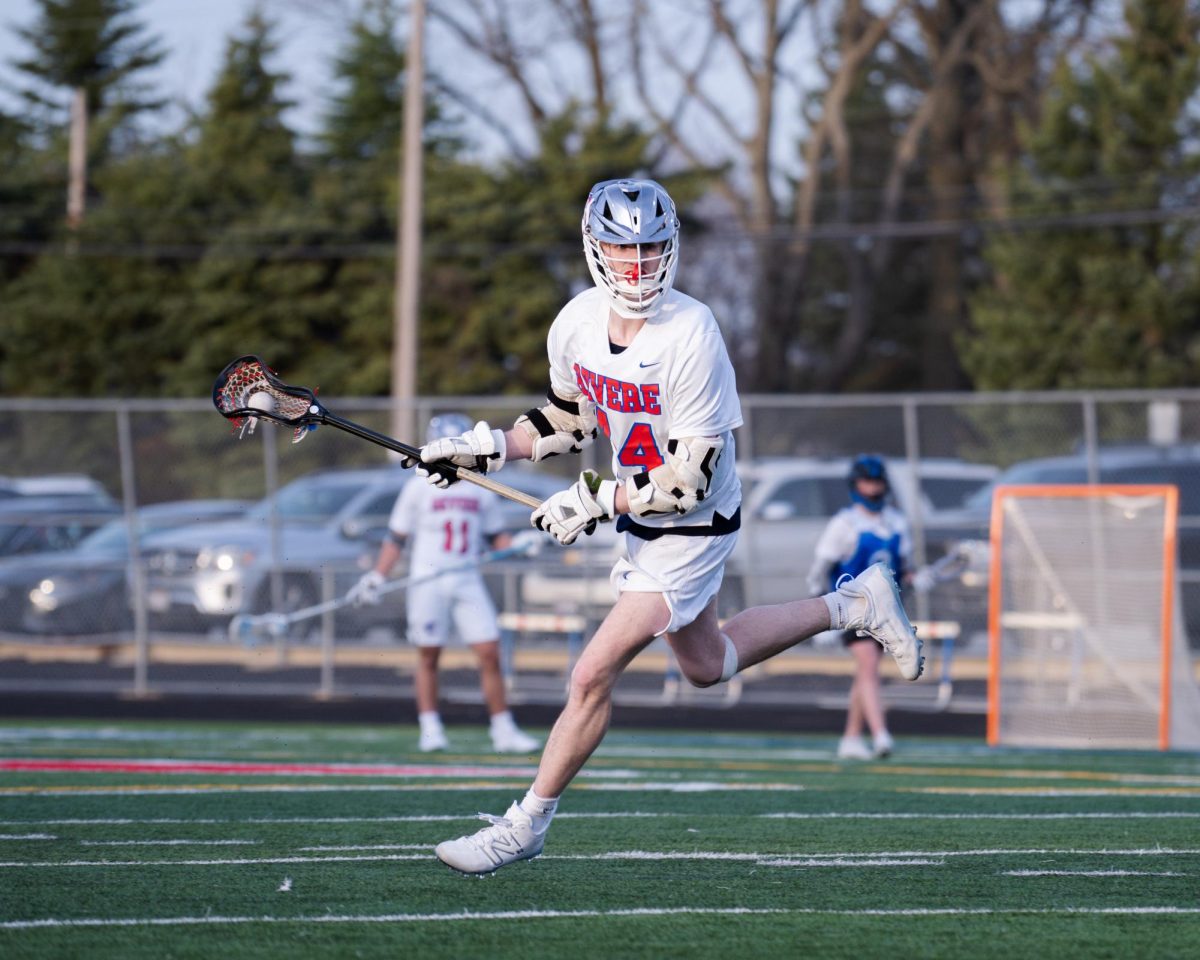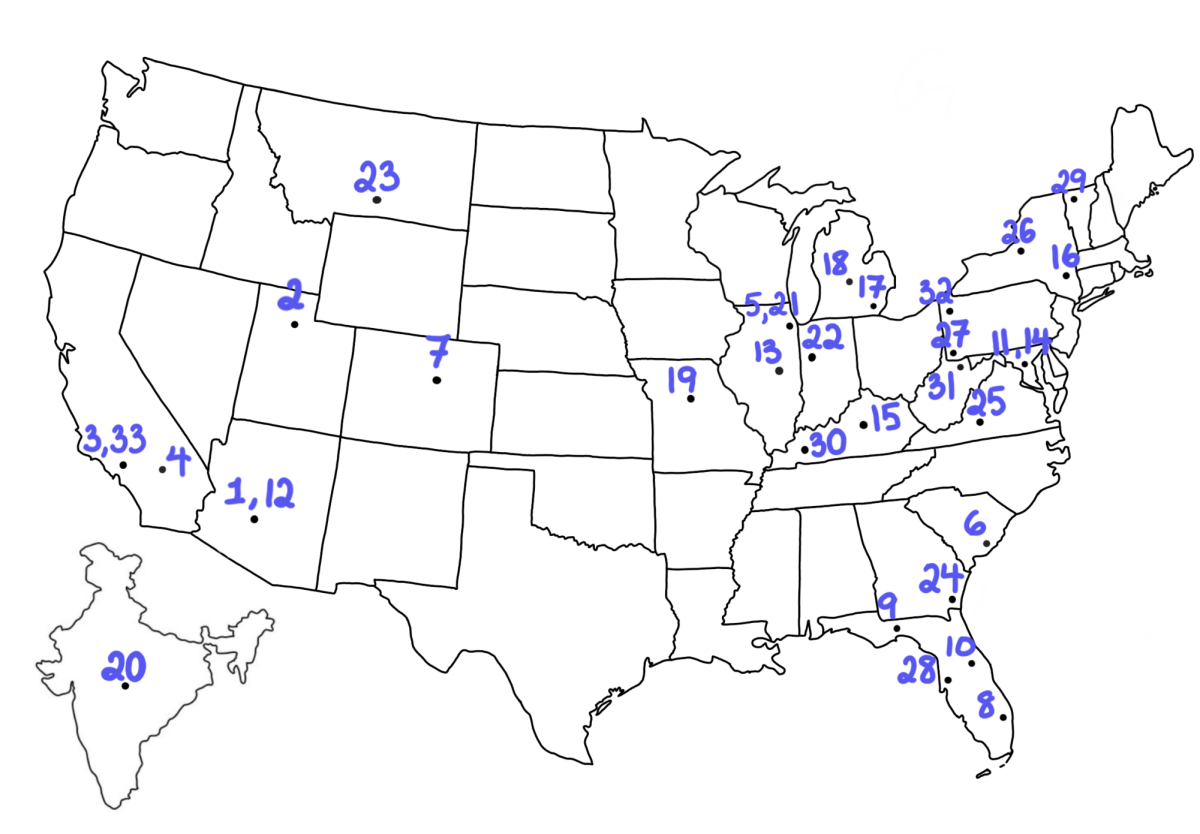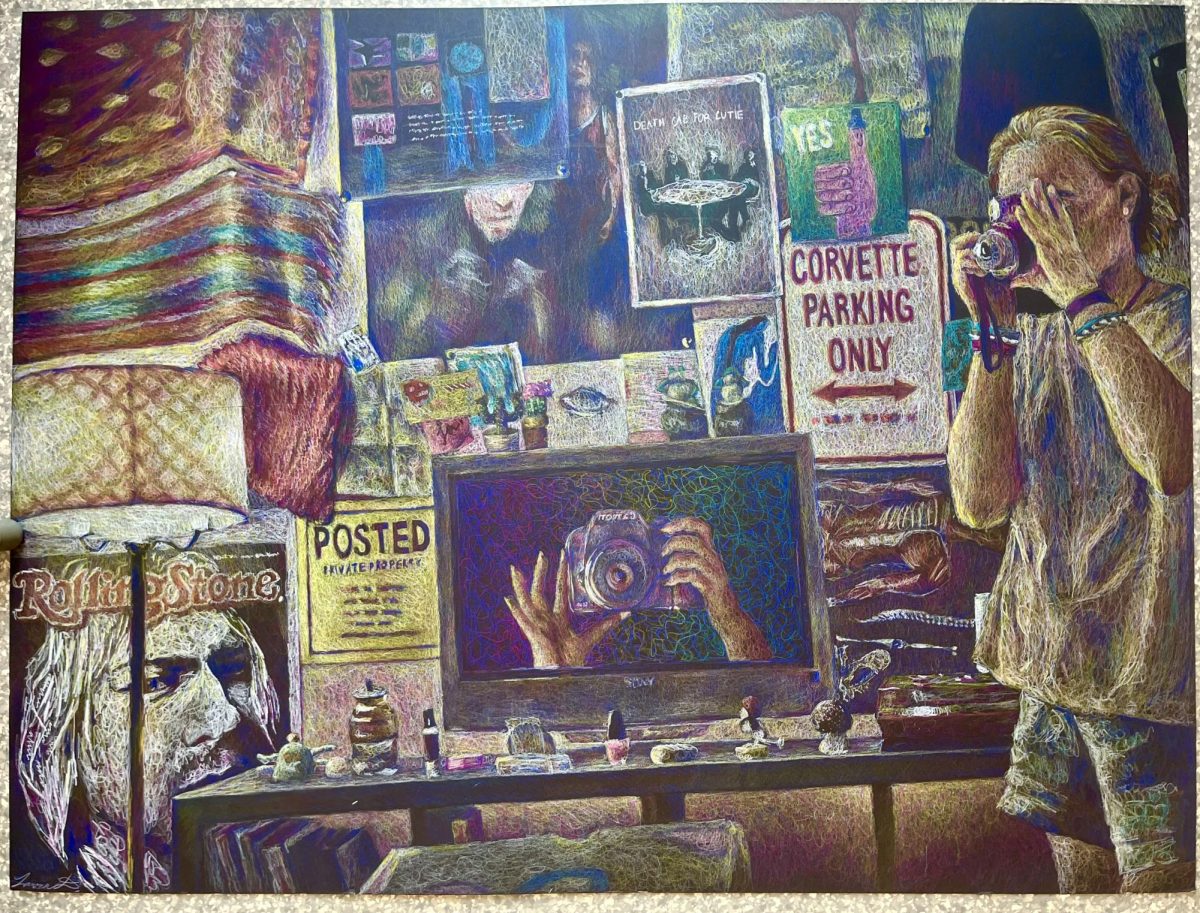As the sky darkened over Ohio and the birds quieted to watch the once-in-a-lifetime spectacle of a complete solar eclipse, the Bath Observatory opened its roof, turning on each and every telescope in the building to admire the sky.
John Schulen, the man whose efforts have sparked an unquenchable curiosity in many and has allowed thousands to get a closer look at the stars each year, experienced the eclipse at the observatory. Schulen, the head of the Summit County Astronomy Club, established The Bath Observatory in 2014 and has led it ever since.
Schulen explained the reasoning behind the Bath Observatory. He has maintained a lifelong passion for curiosity, citing specifically how he believes that that is what makes life so fascinating. His goal for the observatory was never to make it a full-fledged research facility, rather, he hoped to inspire a curiosity for the cosmos within the Bath community.
“[The purpose is] to get people to be curious about the world, they’ll learn things easier. If you’re curious about a subject, it’s easy to pick it up. And there are so many different things that people can get interested in. Instead of just saying, ‘Oh, I’m bored.’ . . . [If] you try something [new and] you don’t like it, try something else. But expand your horizons. Everybody has their own niche, and what they like and find interesting. And that’s the key to having an interesting and fulfilling life,” Schulen said.
Schulen gave an example of an encounter he had with a young girl who was inspired by the magnificence of the cosmos, while also giving him a lesson in astronomy.
“I had one four year old girl [come in] last year when Jupiter and Saturn were together high in the sky. I got that wide telescope in the first building all the way down low, so she could just stand in front of it and look through it. And she’s telling me more about Jupiter and Saturn than I know about Jupiter and Saturn,” Schulen said.
Schulen explained why this was such a historic moment. Not only are solar eclipses rare, but total solar eclipses only occur once every couple hundred years per a given location. The next eclipse in Ohio will take place September 14, 2099, so for many, this was a once in a lifetime experience.
“This eclipse is probably one of the best eclipses in history. Because the sun happens to be near its solar maximum every eleven years, the sun gets very, very active and it gets quiet again,” Schulen said.
Schulen joked that he “had a nice long letter with Mother Nature” in preparation for the event. The event was actually two years in planning and worked out just as it was supposed to.
“It validated my whole concept starting from about 2014 of building an observatory. . . . [The observatory] worked as designed, which was very exciting because there was a lot of time and effort in building this. Plus, I had a great group of volunteers come together to make the event seamless,” Schulen said.
Schulen further explained what the observatory is all about. Rather than making it a complex and difficult to understand research facility, it is a place where the community can come together and have fun with science.
“The observatory is not a research facility. We are a recreational facility to create curiosity about arts and sciences and have fun. And that’s what it’s all about. It’s fun to have fun with science. It doesn’t have to be the stuff you read in the books,” Schulen said.
The story behind the observatory shows Schulen’s lifelong interest in science. Since college he has had this idea for an observatory, quoting the Dean of Astronomy (at the time) of the University of Vermont, who told Schulen that he wouldn’t waste money on a big telescope for a hundred dollars. In Chile, there are telescopes that can be rented for months at a time. The Dean then went on to tell Schulen that he would “build an observatory with a number of smaller scopes that people could walk up and use.”
When it came time to put together the Bath Observatory, Schulen explained how this piece of information helped guide him.
“We built in one observatory, the whole five telescopes,” Schulen said.
Most, if not all, things in life come about from trial and error. Schulen said that though the observatory was years in planning and building, it was laid out exactly 90 degrees wrong.
“Because of the way it is laid, some of the planets, [for] the telescopes closer to the entrance door, would lose their horizons. That’s why it’s wrong,” Schulen said.
This mistake is what pushed Schulen to pursue the second building. Today, the Bath Observatory has two buildings. Both buildings have telescopes and are capable of looking out into the stars, however one has a more of a classroom feel and is where lessons take place from time to time.
“I also wanted to . . . create a classroom space in building one. So where the two scopes that did have limited horizons were is where we have our classroom seating,” Schulen said.
The community was very generous in its support for this project. Many individuals came forward and donated money directly to the project. Many members of the community came forward with not only support, but stories pertaining to how the younger members of their family chose to pursue a career pertaining to science as a result of the curiosity the observatory was able to spark in them.
“The level of support from Bath trustees, the community, people who funded the first building. . . . The first building cost $75,000 and it was pie in the sky. And here I am running around looking under rocks for money. But the community was very generous in supporting it because it was a good project,” Schulen said.
Though there were plans for the second building, it was not being built yet. During this time, however, the first was working extremely well, that is, until the COVID-19 pandemic unexpectedly hit. This presented some challenges for both the observatory and the world.
“Vito Sinopoli, [who] was the chief of police and the Bath administrator said, ‘John, can you figure out a way to open the observatory? People need something to do.’ And this is in the summertime. [We] did some research and we developed some protocols to safely open the observatory,” Schulen said.
To allow people to see through the telescopes, they had to look through a six inch PVC pipe with a glass plate glued on top of it.
“When you come into the observatory . . . we give you a plate. You can go from scope to scope to scope with this cup. You put it over the eyepiece and look through it because the glass was clear. And then when you were done, we’d put it in a bin over here and then we’d wash it down with a Clorox antiseptic spray . . . We’d have hundreds of people out there, both daytime and nighttime; people were dying for anything to do during [the] Covid crisis,” Schulen said.
A few months after having shown the community just how interesting science can be via the observatory, Schulen finally wrote the grant for the second observatory.
“The day I hit send on my computer to submit the grant, a lady called up, a widow. Her husband passed away, but she would come out with her grandchildren and her husband. And they had a great time at the observatory. And she gave us $6,000 to buy the tube, the 14 inch tube on that mount. And within 90 days, close to a hundred thousand dollars came in from people who had their children or grandchildren out who became better students because they just got curious about things and didn’t have to do anything with science,” Schulen said.
Going back to his initial goal with the observatory, Schulen explained how important it is to find one’s niche.
“That’s all it is, is just find whatever trips your personal trigger. The observatories help you to; it is one avenue to explore things or get some ideas and to have a nice night outside or daytime. So that’s kind of the purpose of the observatory and its history in a nutshell,” Schulen said.
When asked why the solar eclipse Ohio experienced a few days ago was so important, Schulen explained how it is a rarity and perhaps one of the best eclipses in history.
“The solar flares of Corona we saw are much larger than a normal eclipse, which happens about every four years, somewhere on the planet. It’s not a very regular event. And also the moon happened to be on its orbit, which . . . was closer to the earth than it normally is,” Schulen said.
The Bath Observatory is open to all, but students are especially welcome. Schulen hopes to continue branching out to schools in hopes of getting more volunteers for the observatory. RHS science teacher Robert Krisch, who has been teaching astronomy for several years, talked about his experiences with Schulen, and how he has fostered students’ passion for astronomy through his club.
“Mr. Schulen has come in many times to the astronomy class and gone over some marvelous things that they’ve seen in their telescopes. He was a big proponent of amateur astronomy, which is like people who are interested and love it. It’s their passion,” Krisch said.
RHS science teacher Hanna Batizy, talked about her experience in viewing her first eclipse with her son. She commented on how she let not only him, but several other students experience the eclipse in a peculiar way. She explained that during her first eclipse, there were no eclipse glasses all around like there are today.
“He was in second grade. And so instead of pulling him out of school, what I did was I asked his teacher if I could take the kids out onto the parking lot and I got permission. I made these indirect solar viewers using boxes. So I made those and first I gave the kids a safety lesson and everything and then when the eclipse was happening they looked into the box and they actually saw that on the box,” Batizy said.
After her first eclipse spent with her children, Batizy realized the importance of sharing these special moments with loved ones. She recalled her request to take her newly born granddaughter to see the next eclipse so they could share the moment together.
“When I went to visit her in the hospital, I turned to my son Solomon and his wife, and I said, ‘Do you mind if I take her camping five years from now to see the solar eclipse?’ . . . But they remembered that it was something I wanted to share with her, being young and everything, so I was very fortunate to be with them and one of my brothers as well,” Batizy said.
The interest surrounding the eclipse does not solely stem from the event itself. Batizy explained why she is so fascinated with the eclipse.
“To me, the most important thing is being able to see space and experience the eclipse. It’s more than just one sense, it’s sound and there’s that feeling. You feel a difference and you see a difference,” Batizy said.
Batizy, being a RHS biology teacher, does not get to study larger worldly events often. She explained how the eclipse altered her view of the world.
“For it to be able to do that perfectly, it is really inspiring and you can’t help but think how all this was in the entire universe, because I’m always doing biology, everything microscopic,” Batizy said.
Batizy talked about her plans to chase eclipses, and whether she will travel for the occasions.
“I like to say that at the stars all have to line up for me to come,” Batizy said.
The main thing Batizy noticed about the eclipse was the strange animal patterns. She talked about how she noticed the birds singing.
“I noticed it the first time and I told people that, I mean, this was a long time. Listen, the good birds are quiet. And they looked at me . . . with skepticism. . . . And I knew that happened,” Batizy said.
Krisch talked about the scientific factual aspects of the eclipse. He explained how eclipses work and why a total solar eclipse is so rare.
“During the new moon phase, what can happen is the moon will be so small that the sun will show around it the entire time. It will not be a complete eclipse. That’s called an annular eclipse and that can happen exceedingly rarely. Because the path of the moon is an egg shape, sometimes the moon is much closer to Earth and we get a super moon, and sometimes the moon is farther away from Earth than we get a micro moon, but this moon. Was perfect for blocking out the sun in its entirety, which was a beautiful and amazing thing,” Krisch said.
Krisch, being an astronomy teacher, has learned much about the workings of outer space, and was able to correlate this knowledge to the eclipse. He talked about the speed at which the Earth, sun, and moon travel, further emphasizing the
“The Earth is moving through space at over half 1,000,000 miles an hour. So we’re riding on this rock and it’s traveling at half 1,000,000 miles an hour. Around the sun, we’re going 70,000 miles an hour in hour orbit. The moon is rocking it faster than that because the moon is going around the Earth. So we’re talking over a couple 100 miles. A couple 100,000 miles an hour,” Krisch said.
Donovan Farrow, an RHS junior, spent much time outside throughout the eclipse, taking several photos along the way. He explained how he “wasn’t really prepared for the eclipse,” but how he was able to reutilize an eclipse lens to take pictures of the phenomenon with his professional camera. Some images of the eclipse taken by Farrow are attached below.
Currently, the Bath Observatory is looking for high school volunteers to operate the telescopes during their prominent events. All interested students (or otherwise) can contact Krisch via email or in his classroom, or Schulen by simply attending one of the observatory’s events. All events are posted on their meetup site (Summit County Astronomy).
To read about the patterns of birds during the eclipse, click HERE.
